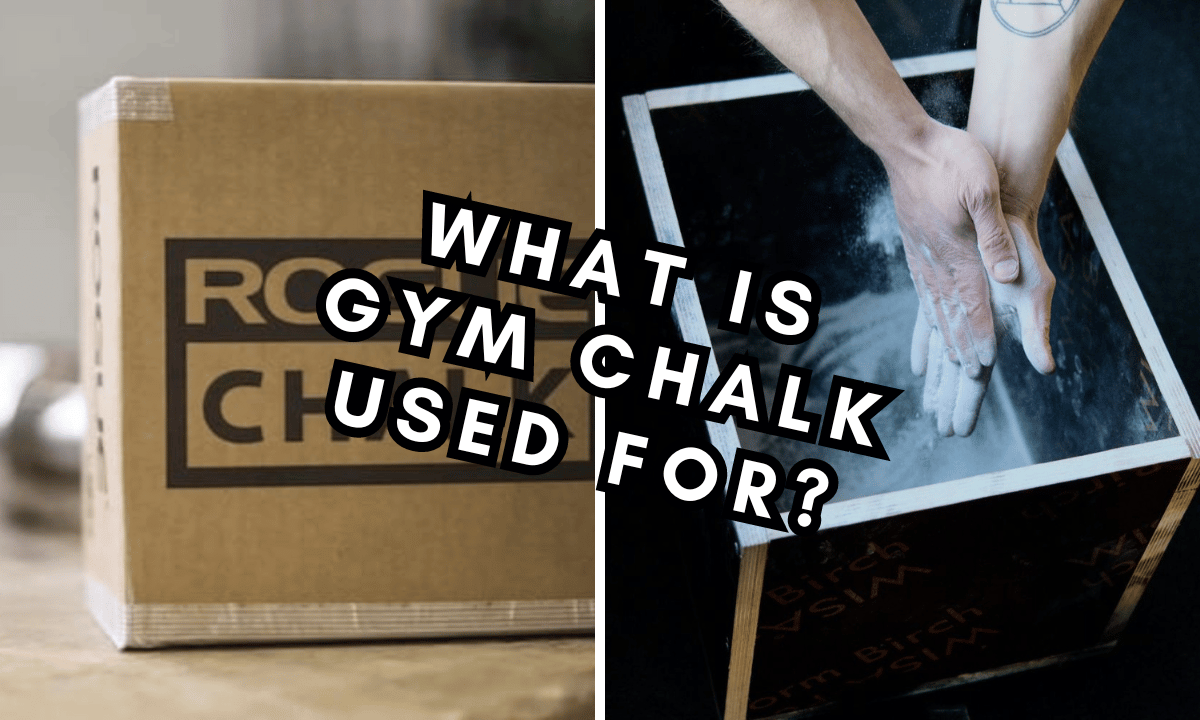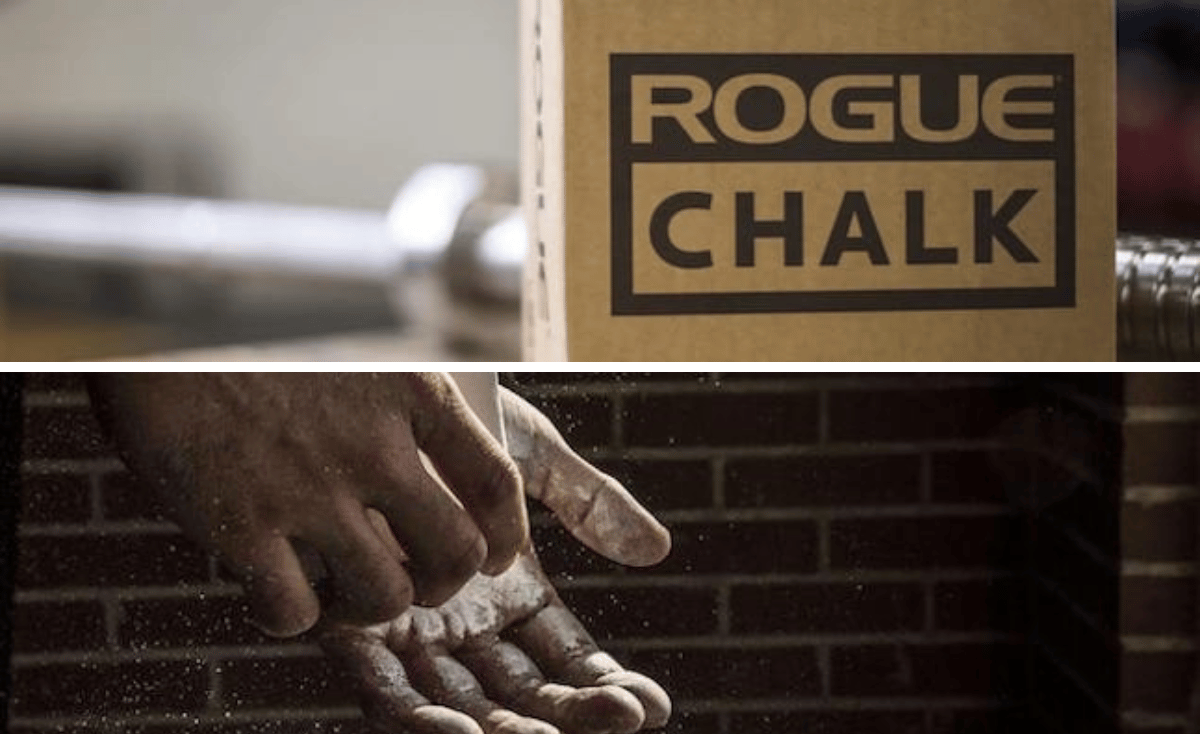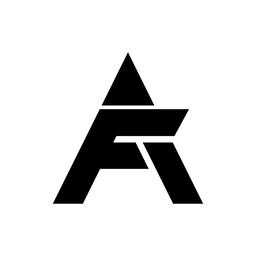Are you tired of losing grip during intense workouts or struggling with sweaty hands while lifting weights? Gym chalk might be the solution you need! But, is gym chalk good for you? In this blog post, we’ll explore the benefits, risks, and alternatives to using gym chalk, helping you make an informed decision on whether it’s the right choice for you.
Key Takeaways
- Gym chalk is composed of magnesium carbonate and used to improve grip, absorb sweat & reduce slipping in sports.
- Benefits include improved grip strength, injury prevention & enhanced performance. Health risks should be considered.
- Alternatives such as weightlifting gloves or creams/sprays offer secure grips with fewer messes and potential health risks.
Understanding Gym Chalk
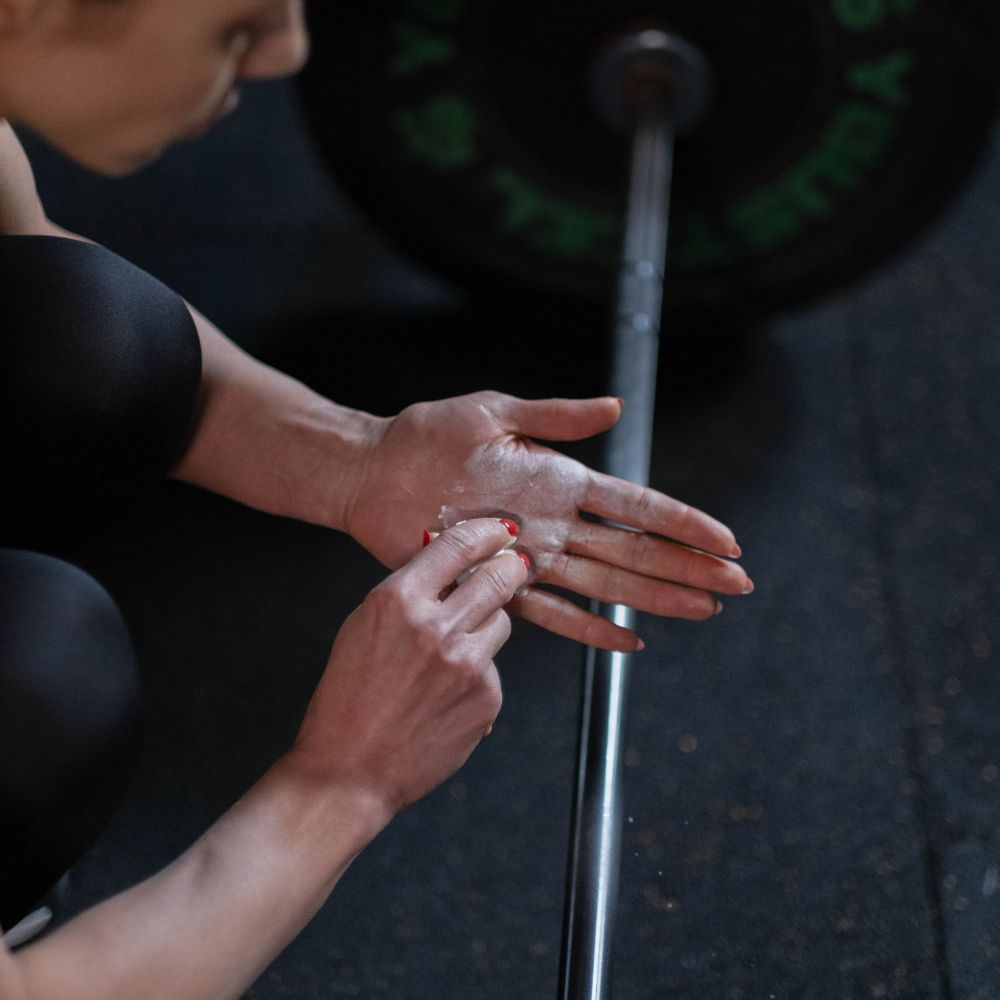
Gym chalk, made of magnesium carbonate, is commonly used by athletes to improve grip and reduce sweat. The gym chalk block is designed to absorb moisture, providing a secure grip on weights, bars, and other equipment.
You might be wondering, how does gym chalk differ from regular chalk? Let’s explore its unique properties and applications.
Magnesium Carbonate Properties
Magnesium carbonate, the primary component of gym chalk, is known for its moisture-absorbing properties that enhance grip during physical activities. Despite its usefulness, ingesting gym chalk can lead to health issues, so it’s advisable to avoid consumption.
Its moisture-absorbing properties make it an effective solution for sweaty hands, providing a dry and friction-enhancing surface that improves grip and performance.
Bear in mind, gym chalk is not the same as edible chalk and should never be eaten. In fact, attempting to eat chalk, especially gym chalk, can be harmful to your health.
It might be surprising to some that people eat chalk, but if you find yourself craving chalk, this might indicate a medical condition called pica, where individuals consume non-food items, such as eating chalk. If you experience such cravings, you should seek advice from a healthcare professional.
Common Uses
Gym chalk finds its application in a wide range of sports, such as weightlifting, rock climbing, and gymnastics, where it serves to improve grip and prevent slipping. Specifically in weightlifting, gym chalk contributes significantly to ensuring grip security, protecting hands during training, and warding off injuries from uncontrolled weights.
Its ability to absorb sweat and decrease friction makes it an indispensable tool for athletes, helping them maintain a secure grip and focus on their performance.
In gymnastics, gym chalk plays a pivotal role in reducing slipping by absorbing sweat and decreasing friction, enhancing grip and diminishing slippage during gymnastic routines.
Rock climbers also rely on rock climbing chalk, commonly known as gym chalk, stored in their chalk bag, to maintain a firm grasp on climbing holds, enabling them to tackle challenging routes with confidence.
Benefits of Gym Chalk

Gym chalk offers various benefits that can significantly improve your workout experience. From enhanced grip strength and injury prevention to improved performance during workouts, gym chalk can be a game-changer for athletes and fitness enthusiasts alike.
Enhanced Grip Strength
Using gym chalk can significantly enhance grip strength, providing better control and stability during heavy lifts and other exercises. Research has shown that using lifting chalk can increase performance by approximately 16 percent when using an open grip and 58 percent when using a pinch grip.
Another study demonstrated that chalk improved performance for both open-handed and pinch grip weight-assisted pull-ups, suggesting that gym chalk can effectively enhance grip strength during weightlifting exercises.
Gym chalk works by absorbing sweat and moisture from the hands, providing a dry and friction-enhancing surface that allows for a better grip on weights and equipment. By ensuring a secure grip, gym chalk reduces the risk of slipping, allowing you to lift heavier weights and complete more reps with better form.
Injury Prevention
Gym chalk also plays a significant role in injury prevention. By reducing the risk of slipping and providing better support for joints during workouts, gym chalk can help prevent injuries that may occur due to improper grip or form.
Research has demonstrated that using chalk can bolster grip strength and augment performance in exercises such as openhanded and pinch grip, supporting the idea that gym chalk can help prevent injuries by ensuring a secure grip.
In addition to enhancing grip, gym chalk serves as a protective layer over your hands, helping to prevent skin tears and calluses that can occur during intense workouts. By minimizing the risk of injuries, gym chalk allows you to perform to the best of your ability and focus on achieving your fitness goals.
Improved Performance
Another benefit of gym chalk is its ability to improve overall performance during workouts. By allowing athletes to lift heavier weights and complete more reps with better form, gym chalk can significantly enhance the effectiveness of your training sessions.
Gym chalk works by absorbing moisture and sweat, preventing slippage and allowing for safer hands, stronger lifts, and improved training.
Research has demonstrated that gym chalk can be beneficial for performance in weightlifting, powerlifting, and bodybuilding, as it provides grip, support, and protection for the hands while performing these activities.
Whether you’re a seasoned athlete or just starting your fitness journey, gym chalk can be a valuable tool in helping you achieve your goals and unlock your full potential.
Types of Gym Chalk: Choosing the Right One
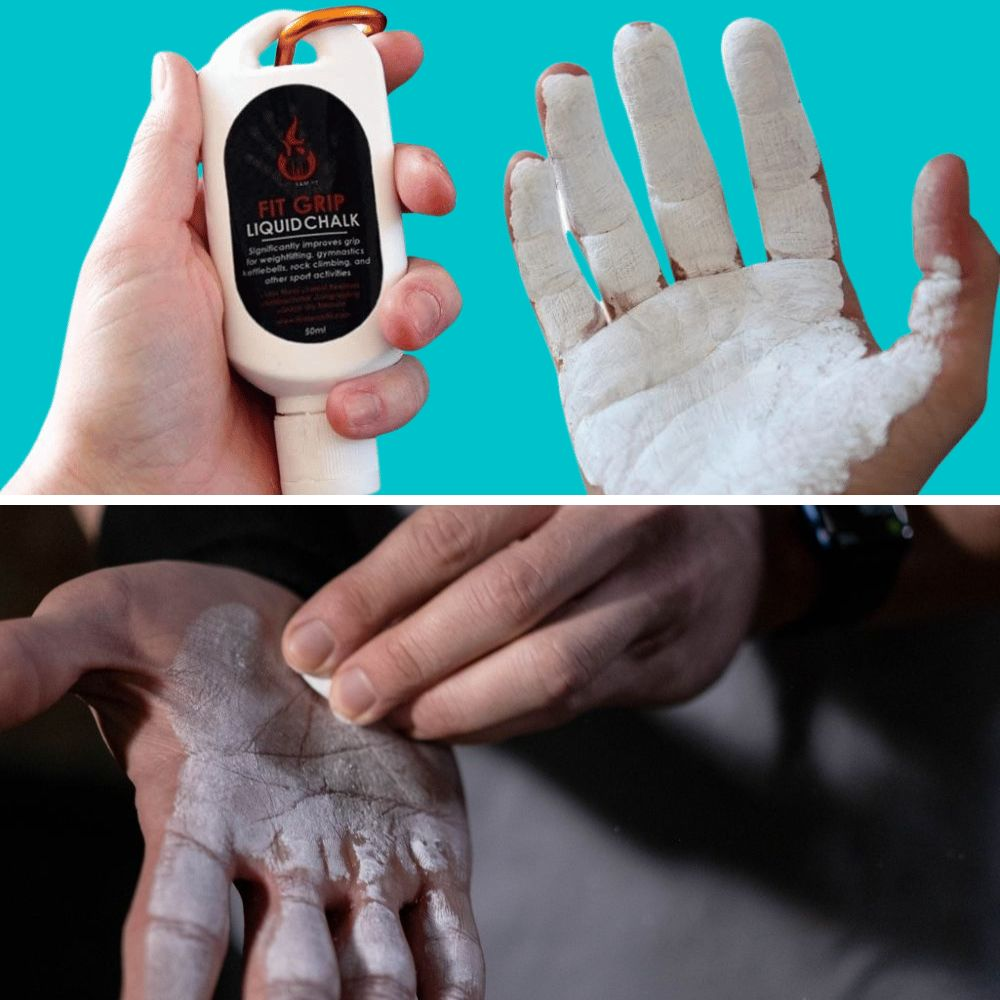
Given the variety of gym chalk options available, understanding the differences between dry and liquid chalk will help you choose the right one for your needs.
We will delve into the characteristics, pros, and cons of each type, aiding you in making an informed choice.
Dry Chalk
Dry chalk is available in block or powdered form and is made of magnesium carbonate, providing a traditional option for improving grip. It is easy to apply and can be less messy than liquid chalk, making it a popular choice among athletes and fitness enthusiasts.
However, dry chalk can produce dust that may impact indoor air quality and require frequent cleaning.
While dry chalk is effective in enhancing grip strength and preventing injuries, it is essential to be cautious of potential health risks, cleanliness issues, and gym policies associated with its use. By being mindful of these factors, you can make the most of dry chalk and its benefits.
Liquid Chalk
Liquid chalk is a mixture of magnesium carbonate, alcohol, and water, offering an easy-to-apply and less messy alternative to dry chalk. It dries quickly on the hands, providing a long-lasting grip that can be beneficial for intense workouts and heavy lifts.
However, liquid chalk may not be as effective as its powder or block form counterpart and can take a considerable amount of time to dry.
Despite its potential drawbacks, liquid chalk can be a suitable option for those who prefer a less messy and more convenient alternative to traditional dry chalk. It is essential to evaluate your individual needs and preferences when choosing between dry and liquid chalk, ensuring that you select the best option for your specific requirements.
Comparing Dry and Liquid Chalk
When comparing dry and liquid chalk, there are several factors to consider. Dry chalk is composed of magnesium carbonate and is typically more economical than liquid chalk, making it a popular choice for many athletes.
However, dry chalk can be messy and may require proper etiquette and cleanliness in shared gym spaces.
On the other hand, liquid chalk is a mixture of magnesium carbonate, alcohol, and water, making it an easy-to-apply and less messy option compared to traditional blackboard chalk or even Crayola chalk.
While it may be more expensive than dry chalk, it dries quickly and provides a long-lasting grip that can be beneficial for intense workouts and heavy lifts.
Ultimately, it is essential to consider your individual needs and preferences when choosing between dry and liquid chalk, ensuring that you select the best option to help you achieve your fitness goals.
Potential Risks and Concerns
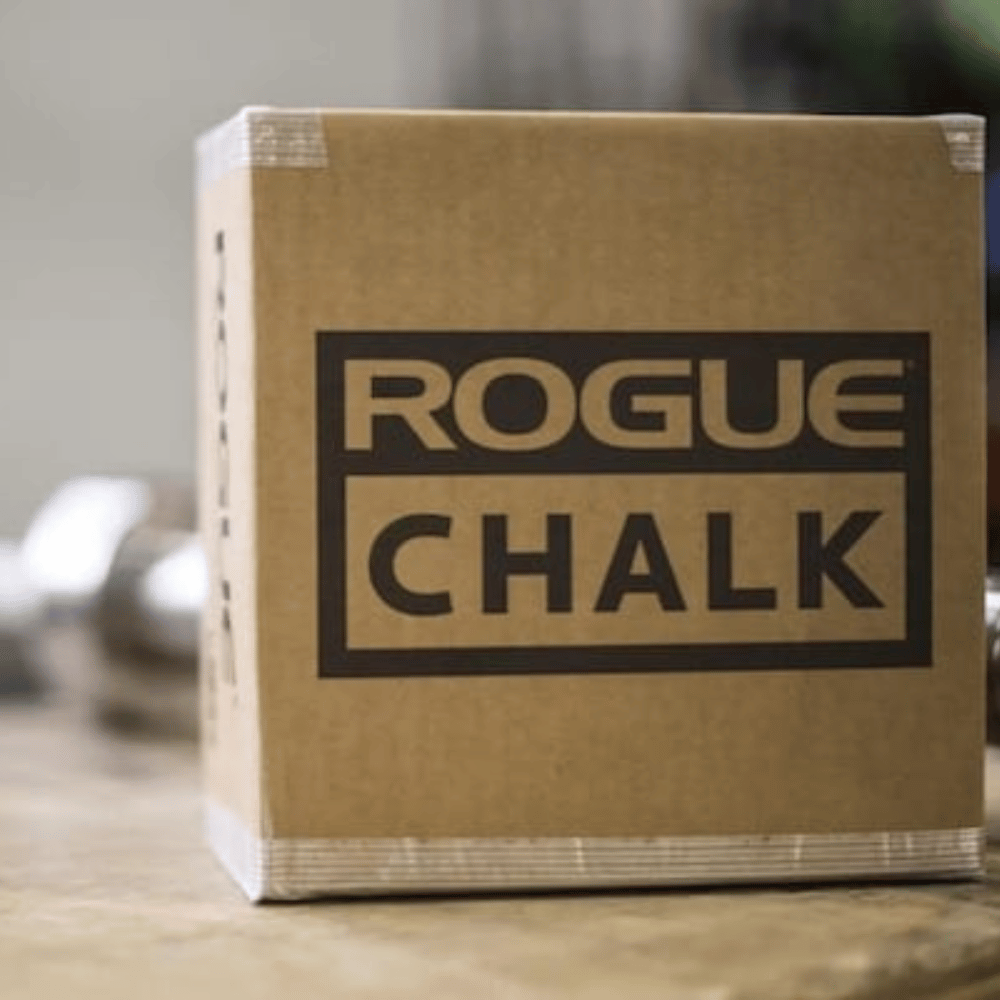
While gym chalk offers numerous benefits, it is essential to be aware of potential risks and concerns associated with its usage. In this section, we’ll discuss health risks, cleanliness issues, and gym policies that you should consider when using gym chalk.
Health risks associated with gym chalk include skin irritation, respiratory issues, and eye irritation. It
Health Risks
Though gym chalk is non-toxic, consuming or inhaling it excessively can lead to health complications, hence it should not be eaten. Over-inhalation of gym chalk can trigger respiratory problems, like:
- asthma
- coughing
- wheezing
- chest pain
- irritation of the airways, inducing wheezing, coughing, and shortness of breath
Therefore, moderate use of gym chalk is advised, along with necessary precautions to avoid dust inhalation.
Additionally, gym chalk can cause skin irritation when used to excess, as it is an abrasive desiccant. Overusing gym chalk can lead to skin irritation, so it’s crucial to find the right balance between using enough chalk to enhance grip and prevent injuries, without causing harm to your skin.
Cleanliness and Etiquette
Gym chalk can be messy, which may require proper etiquette and cleanliness to avoid causing issues in shared gym spaces. To limit the spread of gym chalk dust, you can:
- Use vinegar-based floor cleaners to mop the floor and clean up the chalk dust
- Switch to liquid chalk
- Implement reduction strategies such as using less chalk or providing alternative grip options
These measures can help maintain a cleaner and healthier environment in the gym.
When using gym chalk, it is essential to be mindful of the potential mess it can create and ensure that you clean up after yourself. By following proper gym etiquette and cleanliness guidelines, you can enjoy the benefits of gym chalk without causing inconvenience to other gym members.
Gym Policies on Chalk Usage
Some gyms may have policies against or restrictions on the use of gym chalk, so it’s essential to be aware of and follow these rules. Disregarding gym chalk policies may result in disciplinary action and could lead to adverse effects such as drying out your skin, creating a mess, and potentially causing respiratory issues if using powder chalk.
Before using gym chalk, it is crucial to familiarize yourself with your gym’s policies and ensure that you adhere to any rules or guidelines in place. By respecting gym policies and prioritizing cleanliness and safety, you can enjoy the benefits of gym chalk while maintaining a positive environment for all gym members.
Alternatives to Gym Chalk
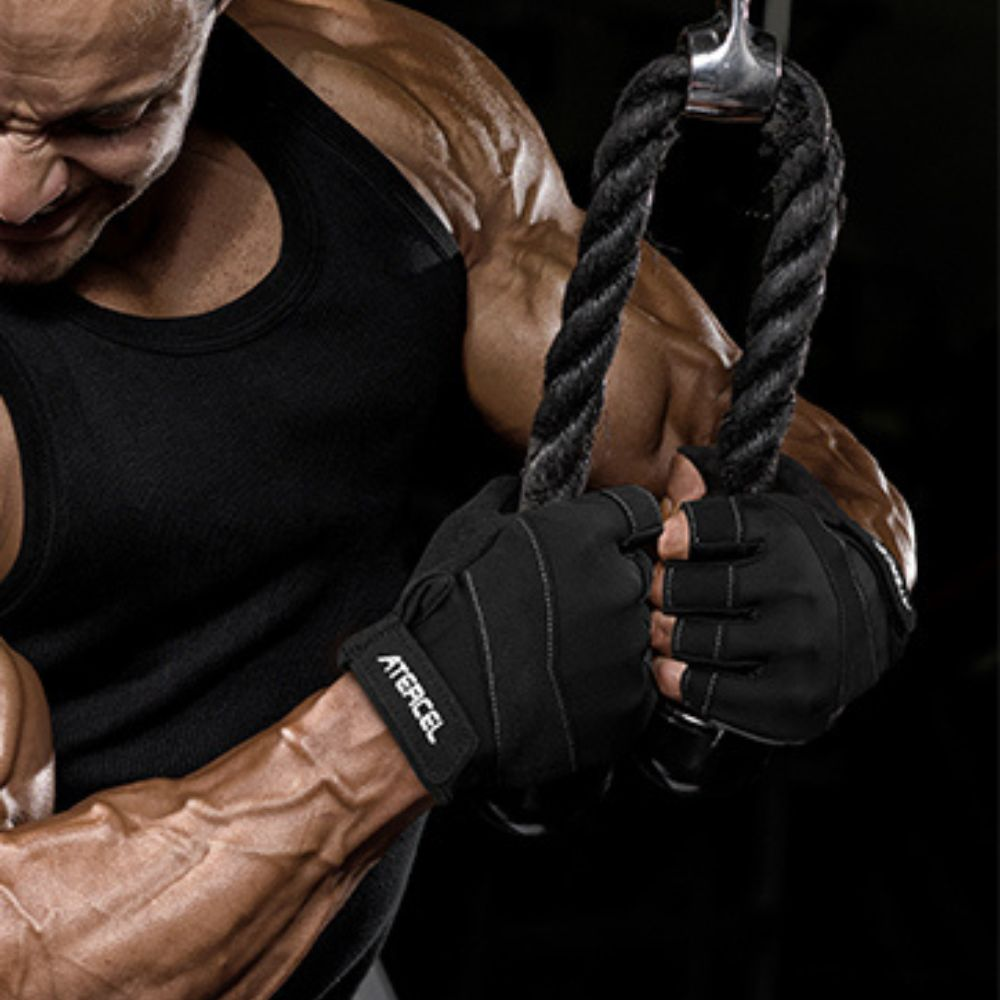
If you’re exploring alternatives to gym chalk, there are several other options to enhance grip and protect your hands during workouts.
We will review weightlifting gloves and grip-enhancing products as potential substitutes for gym chalk.
Weightlifting Gloves
Weight lifting gloves can provide an alternative to gym chalk, offering grip support and protection against calluses and blisters. These gloves are commonly crafted from materials such as:
- Leather
- Synthetic leather
- Microfiber
- Neoprene rubber
- Spandex
These materials provide a proper grip, ensuring a secure and comfortable experience during workouts.
While weightlifting gloves can be an effective alternative to gym chalk, they may not be suitable for everyone. Some athletes find that gloves can make their hands feel less connected to the weights or cause their hands to sweat more.
It is essential to consider your individual needs and preferences when deciding whether weightlifting gloves are the right choice for you.
Grip Enhancing Products
Various grip-enhancing products, such as grip creams and sprays, can offer similar benefits to gym chalk without the mess or potential health risks. These products typically contain:
- Alcohol
- Silica
- Glycerin
- Peppermint oil
- Other specialized ingredients
They provide a secure grip and improved performance during workouts.
Grip-enhancing products can be an excellent alternative to gym chalk for those who prefer a less messy and more convenient option. As with any fitness product, it is essential to evaluate your individual needs and preferences to determine the best grip-enhancing solution for you.
Summary
Gym chalk can be a valuable tool in helping you enhance grip strength, prevent injuries, and improve performance during your workouts. However, it is essential to be aware of potential risks and concerns, such as health risks, cleanliness issues, and gym policies.
By considering your individual needs and preferences, you can decide whether gym chalk is the right choice for you or if alternatives like weightlifting gloves or grip-enhancing products are more suitable.
No matter which option you choose, always prioritize safety, cleanliness, and proper gym etiquette to ensure a positive and effective workout environment for all.
Frequently Asked Questions
Is weightlifting chalk safe?
Weightlifting chalk is safe, as it is usually made from magnesium carbonate which causes less irritation than other chalks and is insoluble in water. While it is not edible and should not be consumed as ingestion can cause digestive issues, moderate inhalation does not pose a risk to one's health.
What is gym chalk made from?
Gym chalk is primarily composed of magnesium carbonate, which helps it to stick to hands without drying them out. It is also firmer than regular chalk made of calcium sulfate.
Is gym chalk effective?
Gym chalk is an effective tool to improve your grip and protect your hands against skin tears, making it ideal for heavy lifting exercises like deadlifts and chin ups. Many gyms are even providing chalk to their members due to its popularity.
Is gym chalk edible?
No, gym chalk is not edible and should not be consumed as it may lead to health complications.
Can gym chalk cause respiratory issues?
Yes, inhaling excessive amounts of gym chalk can cause respiratory issues such as asthma, coughing, wheezing, and chest pain.
